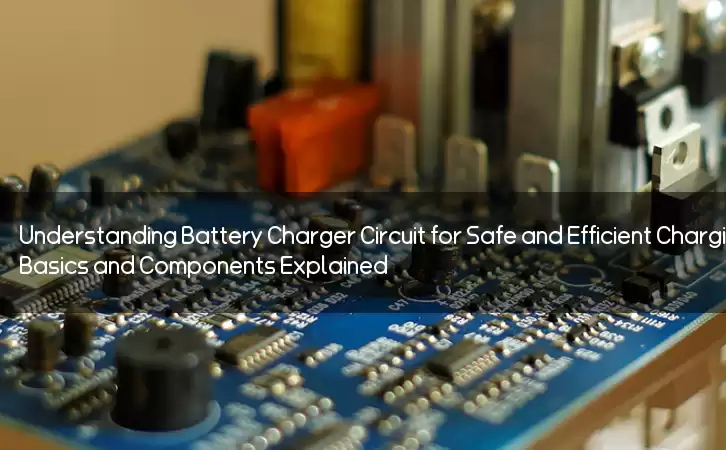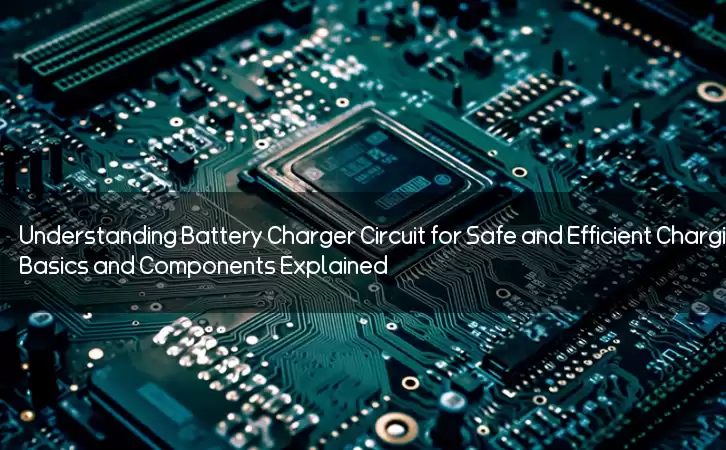Information Center
Understanding Battery Charger Circuit for Safe and Efficient Charging: Basics and Components Explained
Published:2023-08-26 00:34:31 Author:Green WCND Views:72Battery Charger Circuit: Understanding the Basics

A battery charger circuit is an electronic device that is used to recharge a rechargeable battery, such as a lithium-ion or nickel-cadmium battery. The circuit works by converting AC voltage from the mains power supply to DC voltage, which is then used to charge the battery.

There are two main types of battery charger circuits: linear and switching. Linear charger circuits are simple in design and are ideal for charging small batteries. However, they are not efficient and generate a lot of heat during the charging process. On the other hand, switching charger circuits are more complex but are more efficient and generate less heat.
The most important components in a battery charger circuit are the transformer, rectifier, voltage regulator, and the charging circuitry. The transformer is used to step down the AC voltage from the mains power supply to a lower voltage that is suitable for the purposes of the battery charger circuit.
The rectifier is used to convert AC voltage to DC voltage. The voltage regulator is used to regulate the voltage output from the rectifier to the required level for the battery being charged. The charging circuitry determines the charging rate, charging time, and the cut-off voltage of the battery being charged.
To design a battery charger circuit, the battery type, capacity, and charging rate must be taken into consideration. The charging rate is usually expressed as a fraction of the battery capacity, such as C/10 or C/20. For example, a battery with a capacity of 5000mAh would have a charging rate of C/10 if it were charged using a current of 500mA.
It is important to note that charging a battery too quickly or using a charging current that is too high can cause the battery to overheat and reduce its lifespan. Therefore, it is important to use the recommended charging rate for the specific battery being charged.
In addition, it is essential to include safety features in the battery charger circuit, such as overcurrent protection, overvoltage protection, and short-circuit protection. These safety features protect the charger and the battery from damage due to unforeseen circumstances.
In conclusion, a battery charger circuit is a vital component in modern electronic devices that rely on rechargeable batteries. It is important to understand the basics of battery charger circuits to ensure that batteries are charged efficiently and safely. By incorporating the appropriate charging rate and safety features, battery life can be prolonged, suitable for the needs of the modern world.
Power Adapter Design and Customization Guide for Portable Electric KettlesI. Common Design Types for Portable Electric Kettle Power AdaptersPortable electric ke···
I. Common Design Types of Power Adapters External Independent Type (Most Common) Design: A standalone adapter (e.g., "black brick") connected to the p···
Handheld Vacuum Cleaner Power Adapter Selection GuideIntroductionHandheld vacuum cleaners have become a mainstream tool for household cleaning due to their port···
Drill Power Adapter Selection Guide.drill-container { font-family: Arial, sans-serif; line-height: 1.6; max-width: 800px; margin: 0 auto; padding: 20px; } .dril···





